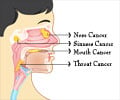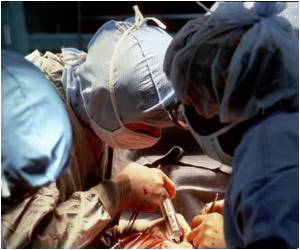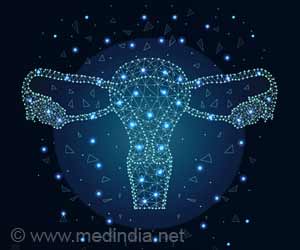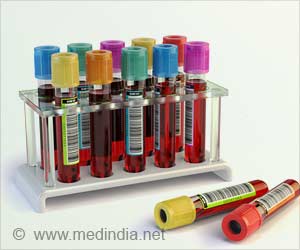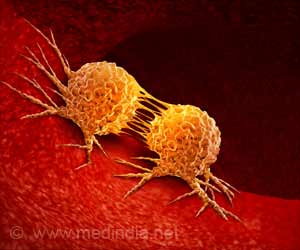The MRI and biopsy revealed a rare type of cancer called Adenoid Cystic Carcinoma and the doctors decided to remove the tumor and reconstruct the face.

The MRI and biopsy revealed a rare type of cancer caused by secretory glands, in medical terms called Adenoid Cystic Carcinoma, said Kapil Kumar, Director and Head of Department of Surgical Oncology at the BLK Cancer Center of the BLK Super Specialty Hospital.
"It was also found that the cancer has spread across the face. We decided to approach the tumor from both above and below the face thereby ensuring complete tumor removal without producing damage to the brain, nerves," said Dr Kumar.
"The approach to the tumor was made through first incision over the face and the second over the scalp. Part of the skull bone was initially removed to enter the brain, which was then replaced back and fixed with screws at the end of the procedure," said Vikas Gupta, Head Neurosurgery at the Hospital.
Once the deadly tumor was removed, it was time to reconstruct his face and he was kept under specialized care of intensivist, Dr Kumar added.
Then the final phase involved 'plugging all the gaps and holes' and giving a shape to the lost contour of the face. The entire surgery, which took place recently lasted over 12 hours.
Advertisement
"In Aggarwal's case, the cheek bones were reconstructed using Biopore, a linear, high-density polyethylene biomaterial which is biocompatible and porous. This is available in sheets which are carved in the required dimensions and shape to fit the defect properly," said Mr Mehta.
Advertisement
Source-PTI

